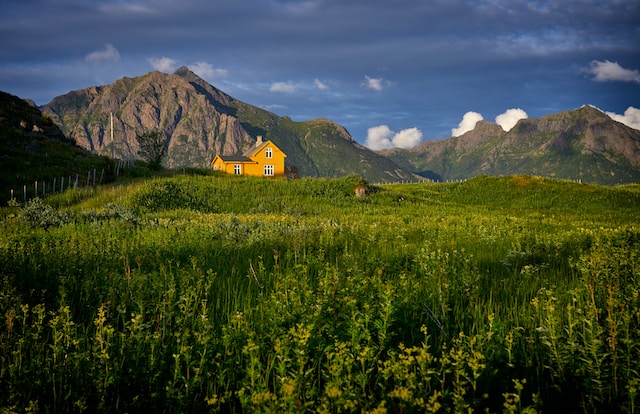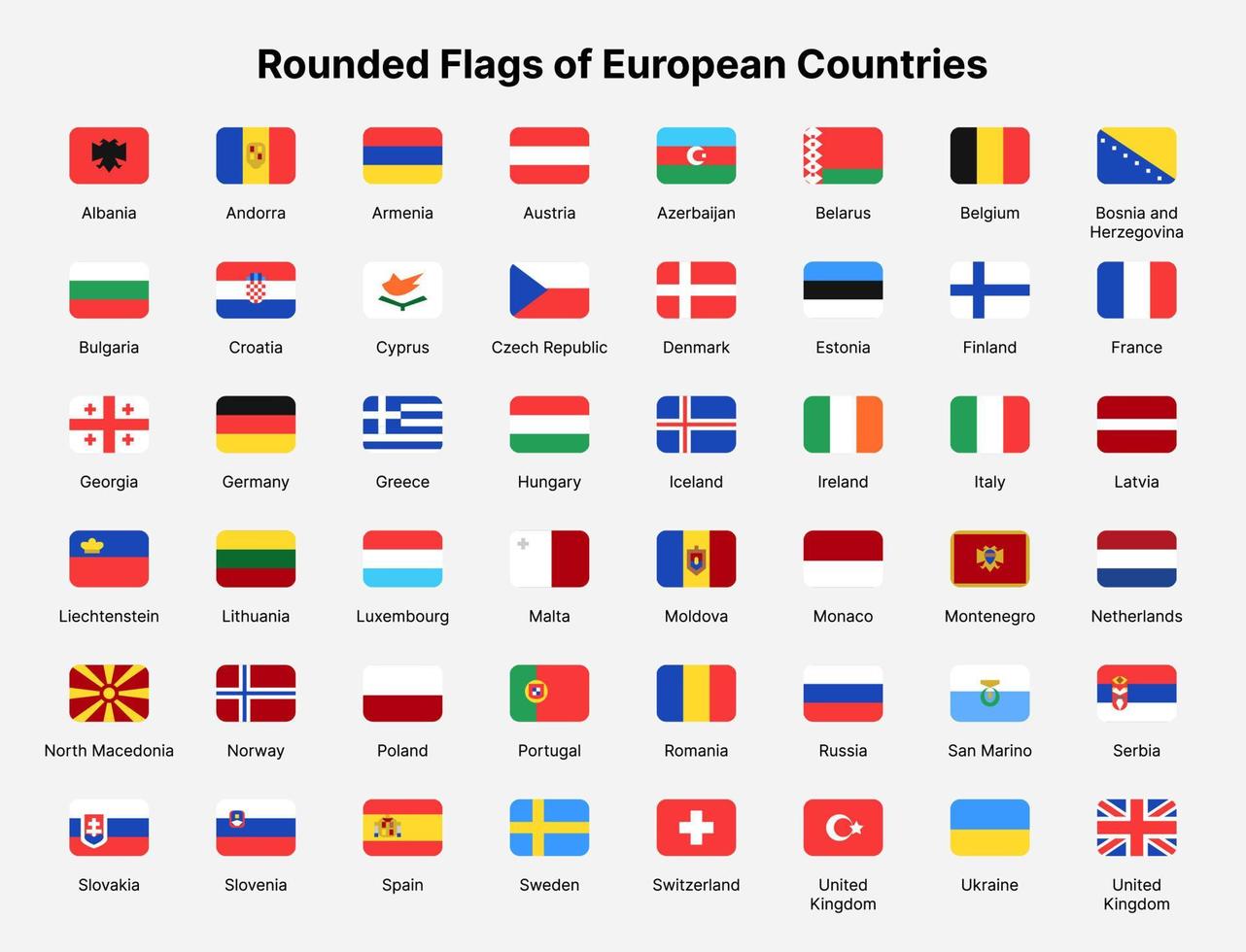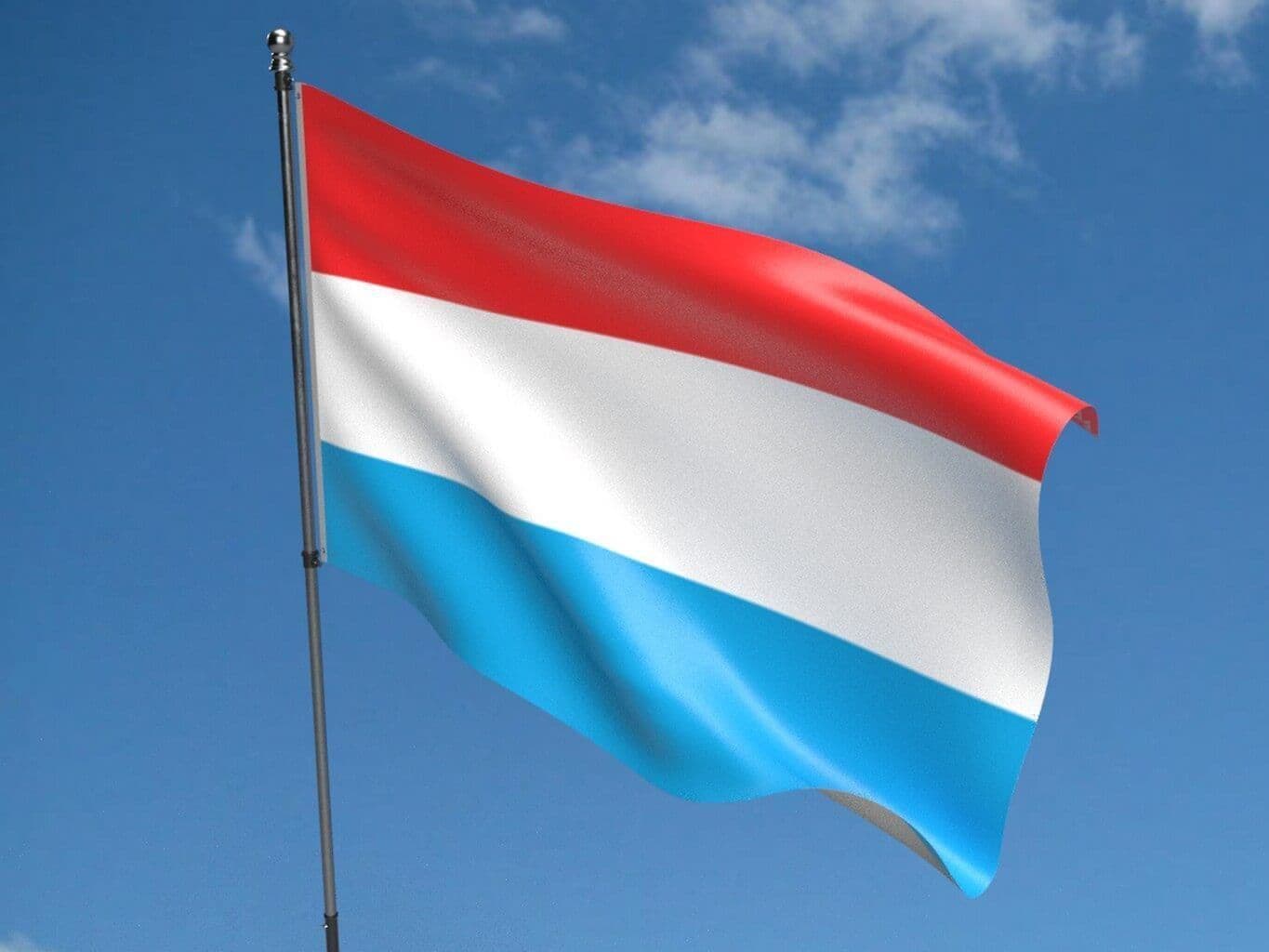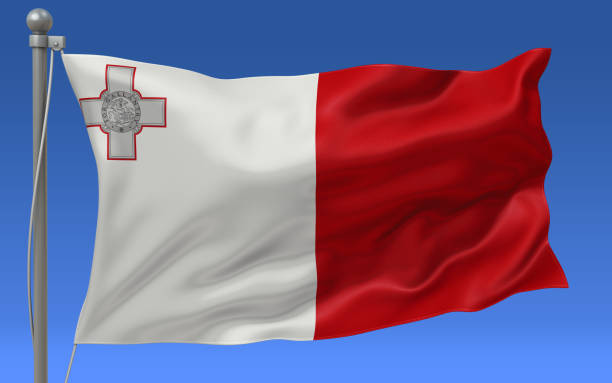Travelers looking for adventure and stunning scenery have long flocked to Norway, the country of fjords, the midnight sun, and the northern lights. But what about those looking to relocate to this lovely nation? To control the number of immigrants entering the nation, Norway maintains a stringent migration policy that uses limits and restrictions. Therefore, if you’re considering migrating to Norway, you should review the country’s migration laws.

The specifics of immigration laws will be covered in this article, along with the justification for quotas and limitations, how they affect the nation, and any possible repercussions for immigrants.
These other articles might interest you:
Understanding Norway’s immigration quotas and caps
The goal of Norway’s immigration laws is to restrict and limit the flow of immigrants into the nation. Limits and caps are used to accomplish this. Quotas and caps are used to control population growth and make sure that the nation’s resources are not taxed beyond capacity. To strike a balance between the country’s demand for migration and the need to preserve social cohesion and economic stability, the Norwegian government implements quotas and limitations.
Factors affecting quotas and caps
Norway’s immigration laws are influenced by several variables. Migration policy is influenced by the economics, society, and political atmosphere of the nation. The economics of the nation is important because the government wants to entice highly qualified employees who can support the expansion of the economy. Policy choices are also influenced by social variables, such as the demographic makeup of the nation and the amount of popular support for immigration. Political parties and politicians may have differing perspectives on how immigration affects society, which may also influence migration policy.
It’s crucial to understand that limits and caps are distinct concepts. Caps and quotas both refer to restrictions on the overall number of immigrants that are permitted; quotas refer to a specified number of immigrants that are admitted into the nation. Limits are frequently used to meet unique labour market demands, such as a labour shortage in a certain industry. Contrarily, caps are frequently employed to control the overall volume of immigrants coming into the country.
Norway’s quota system
The three primary quota categories—work-related, family reunification, and humanitarian—form the basis of the quota system.
Work-related limits
Quotas for employment are intended to draw highly qualified employees to Norway. These limits are allotted to particular sectors of the economy that are lacking in trained labour.
Family reunification
Family reunification quotas are intended to reunite families that have been separated due to immigration. These limits are allocated to individuals who have family members living in Norway.
Humanitarian
Humanitarian quotas are designed to provide refuge to individuals who are fleeing persecution or conflict in their home country.
The Norwegian Directorate of Immigration (UDI) oversees the distribution and allocation of quota permits. According to the requirements of the nation, the UDI is in charge of processing applications and allocating quota permits. To make sure that the demands of the labour market are addressed, the UDI collaborates closely with the Norwegian Labour and Welfare Administration (NAV).
Eligibility criteria
Depending on the kind of quota, different eligibility requirements and application procedures apply. Candidates must have a job offer from a Norwegian business to meet work-related limits. Family reunification limits call for the applicant to have a relative who is a permanent resident or a Norwegian citizen who resides in Norway. Candidates for humanitarian quotas must demonstrate that they require protection because of persecution or violence in their native country.
Caps on immigration
The total number of immigrants from outside the EEA (European Economic Area) allowed to enter Norway each year is capped. The cap is decided by the government and is determined by the requirements and resources of the nation.
3,000 non-EEA immigrants are presently allowed to enter the country each year. This implies that Norway may only issue residence permits to 3,000 non-EEA immigrants per year. The cap is designed to prevent the country’s resources from being overburdened and to meet the demands of the labour market.
The limit does have certain exceptions, though. Some people, such as refugees and asylum seekers, those who are being reunited with their families, and those who are being given residency on humanitarian grounds, are excluded from the cap.
Future Outlook
The future of immigration in Norway is complicated and has several facets. The prospect of changing the nation’s migration quotas and limitations is one potential alteration that might influence immigration laws. This might be affected by a range of variables, including changes in the nation’s labour market demands, adjustments in the political environment, or world events that have an impact on migratory patterns.
Norway will need to modify its policies and processes to guarantee that they continue to be effective when migration trends change. This might entail alterations to the nation’s immigration screening and processing procedures as well as upgrades to the services and assistance offered to recent immigrants. Norway can continue to recruit and retain the talent and skills required to sustain the nation’s economic and social progress by keeping up with these trends and modifying policy as necessary.




